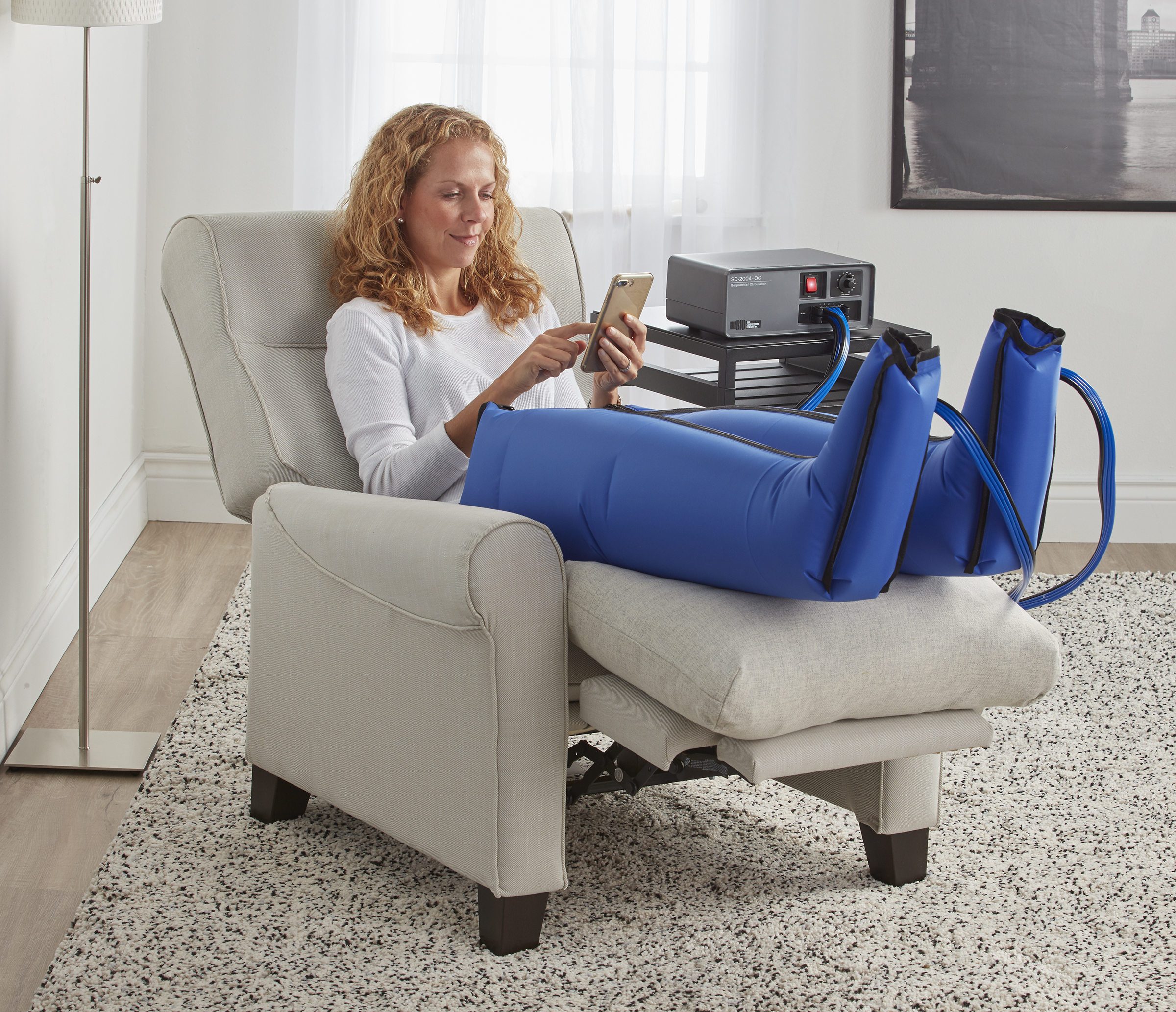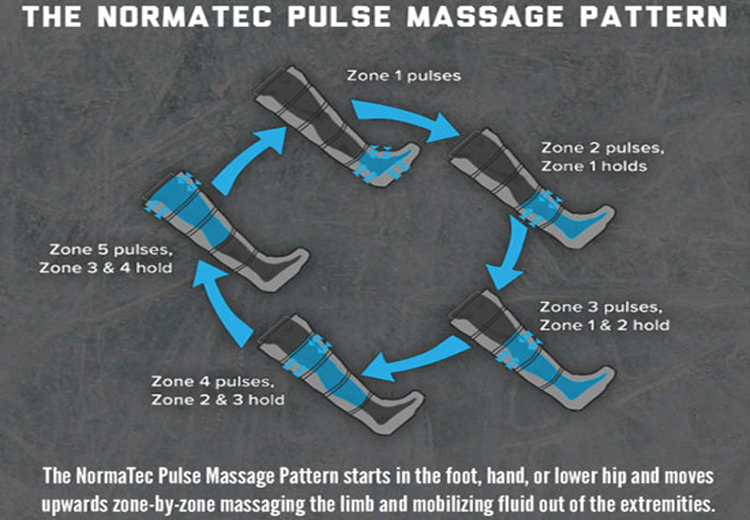
- REGIMEN FOR PNEUMATIC COMPRESSION DEVICE MANUAL
- REGIMEN FOR PNEUMATIC COMPRESSION DEVICE REGISTRATION
- REGIMEN FOR PNEUMATIC COMPRESSION DEVICE TRIAL
This study aimed to investigate the effectiveness of a patented IPC technique designed to mimic MLD (the LymphAssist), compared with a typical sequential IPC regimen.Methods and Results: Forty patients with a confirmed diagnosis of lower limb ISL (International Society of Lymphology) stage II or III lymphedema were recruited into this three-phased study.
REGIMEN FOR PNEUMATIC COMPRESSION DEVICE MANUAL
N2 - Background: Recent advances in technology have allowed intermittent pneumatic compression (IPC) devices to develop so that their function mimics the process and principles of manual lymphatic drainage (MLD) however, research into the effectiveness of such devices is lacking.
REGIMEN FOR PNEUMATIC COMPRESSION DEVICE TRIAL
T1 - Intermittent Pneumatic Compression for the Treatment of Lower Limb Lymphedema: A Pilot Trial of Sequencing to Mimic Manual Lymphatic Drainage Versus Traditional Graduated Sequential Compression
REGIMEN FOR PNEUMATIC COMPRESSION DEVICE REGISTRATION
The increase in leg volume observed after discontinuation of IPC suggests that regular treatment is required to maintain its associated effects. Clinical Trial Registration Number: NTC 03856281.", IPC that mimics the MLD process has been shown to be more effective in reducing leg volume compared with traditional sequential IPC in the distal aspect of the leg. Overall, IPC was effective in improving quality-of-life scores (mean reduction: 10 – 11, p < 0.001). Conclusion: IPC is effective in reducing limb volume and improving quality of life for patients with lower limb lymphedema.


Improvements in leg volume were transient as both groups demonstrated a rebound or increase in volume during the washout period (LymphAssist: 238 – 168 mL, sequential: 276 – 158 mL, p = 0.3). A bilateral leg volume assessment and quality-of-life assessment were completed at four clinic visits across the course of the study. The LymphAssist IPC regimen was significantly more effective in reducing distal leg volume than the sequential mode (mean volume reduction: 230 – 135 mL vs.

The increase in leg volume observed after discontinuation of IPC suggests that regular treatment is required to maintain its associated effects.Ĭlinical Trial Registration Number: NTC 03856281.Ībstract = "Background: Recent advances in technology have allowed intermittent pneumatic compression (IPC) devices to develop so that their function mimics the process and principles of manual lymphatic drainage (MLD) however, research into the effectiveness of such devices is lacking. Overall, IPC was effective in improving quality-of-life scores (mean reduction: 10 – 11, p < 0.001).Ĭonclusion: IPC is effective in reducing limb volume and improving quality of life for patients with lower limb lymphedema.

Methods and Results: Forty patients with a confirmed diagnosis of lower limb ISL (International Society of Lymphology) stage II or III lymphedema were recruited into this three-phased study. This study aimed to investigate the effectiveness of a patented IPC technique designed to mimic MLD (the LymphAssist), compared with a typical sequential IPC regimen. Background: Recent advances in technology have allowed intermittent pneumatic compression (IPC) devices to develop so that their function mimics the process and principles of manual lymphatic drainage (MLD) however, research into the effectiveness of such devices is lacking.


 0 kommentar(er)
0 kommentar(er)
